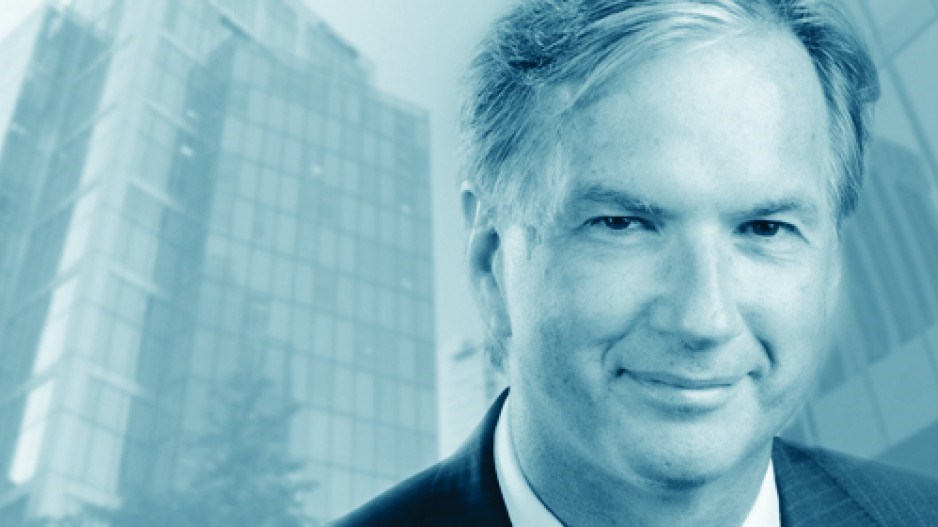It is more evident by the day that British Columbians will face a provincial election this fall.
Party organizers within the governing New Democrats are being told by the premier’s office to be prepared within weeks for a call. Opposition Liberals are expecting that, even if it seems uncouth to campaign amid the pandemic, they will be on the socially-distant hustings sooner not later.
Several factors point to John Horgan dissolving the agreement with the Green Party that made him premier in 2017:
- His government’s performance in the pandemic has made him, if not necessarily his party, about as popular as it will get.
- The Greens have splintered, former leader Andrew Weaver is now critiquing the party he led, and Horgan can claim there isn’t much of an alliance to perpetuate in the mandate’s last year.
- The Liberals have not resurged under leader Andrew Wilkinson, a far less popular leader than Horgan, and the party has left itself vulnerable by not quelling social conservatives from expressing views that do not align with its values and policies.
New Brunswickers have broken the ice and sent the province to the polls in mid-September amid the pandemic – mind you, it’s not much of one there. For certain, the campaign’s first few days featured the usual confection of dismay and decry about election timing. But this issue rarely decides anything on election day; it is mainly a matter for the opposition via media.
Horgan’s standing in polls, abetted no doubt by Provincial Health Officer Dr. Bonnie Henry and Health Minister Adrian Dix, is ahead of Wilkinson on every positive quality. Even his even-keeled pandemic demeanour – when premiers like Ontario’s Doug Ford are chewing out partyers (takes one to know one) – suggests he wants to be an election-ready Mr. Chuckles, not Mr. Knuckles. No point in being the scolding dad when you will need the kids to mow your lawn.
Youth votes aren’t all he needs. He will also need to reassure elders of their safety. They’re the ones to staff the voting stations, keep the lines moving and count the ballots on election day. They vote in large numbers and can be upset in large numbers. But his largest task will be to prepare and present an economic recovery plan as the ballot-box issue, possibly where the Liberals have their only opportunity. It is no small irony that a governing party with little business acumen would be depending in coming weeks on a business advisory panel to craft the campaign basis.
The Greens, meanwhile, haven’t identified a leader in the months since Weaver departed. They’re asking people to sign up online to be wannabe MLAs, a bit like the zany pre-Weaver version of the party. The likelihood of their meaningfulness in the campaign is roughly zilch to the power of 10.
Polls suggest the Liberals, who it might be remembered actually “won” in 2017 with the most seats and votes but couldn’t secure a legislative majority, are not standing far from the NDP. But Wilkinson is where the work has to be done. It might also be remembered he manhandled Horgan in the 2018 proportional representation debate, but that seems about nine political lives ago. For Horgan to wait for the fall of 2021 – the presumed government term when it signed the pact with the Greens – he has to assume his plan goes swimmingly and the province’s financial performance rebounds. That is not economically likely. His odds are better now, with problems across the legislative aisle and a public that considers him adequate amid misery. More time and more misery might yield a different view.
Barring a bigger back-to-school problem or a sudden spate of coronavirus, get ready. I’ve predicted an election errantly once before, but here goes again. •
Kirk LaPointe is the publisher and editor-in-chief of Business in Vancouver and the vice-president, editorial, of Glacier Media.




